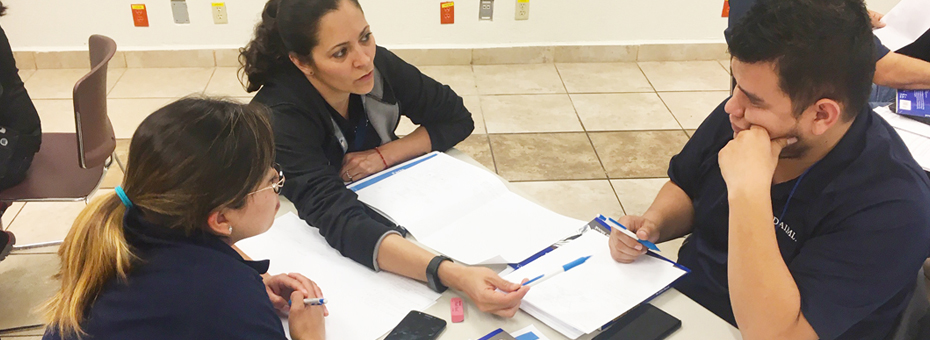Part one of a seven-part series. Learn how the A3 process is about more than problem-solving, along with the other facets of the practice that you should understand. .
The A3 process is more than a problem-solving tool. Deployed properly, it is a way for an organization to build its employees’ and leaders’ performance capabilities—and, in turn, its business’ capabilities. As such, it’s as much a social process as a technical problem-solving one. Reflecting on my 30 years of learning, teaching, and coaching the A3 process—the first 14 at Toyota—that is one of seven facets of the practice that you must know to get the most value from deploying it.
Too often, the focus of teaching or learning the A3 is on how to problem-solve by “filling out” the six boxes on the 11×17-size sheet of paper that gives the process its name. I imagine many A3 creators initially see themselves, as I did, as the lone problem-solving hero as they complete their document. However, with appropriate coaching, the A3 learner should begin to understand that the process is teaching how to be a problem-solving investigator and an improvement leader. A well-coached learner eventually will realize that success at these two outcomes derives from interaction with others at the gemba – the social aspects of the A3 process.
In drafting and revising the left side of the A3 document—problem identification, problem clarification, and cause analysis—the learner creates a fact-based picture of the current and desired states, and reveals the underlying reasons for the gap. This work requires the learner to be an investigator, going to the problem site to see the operation and hear from the operators there. Gathering this knowledge and data helps create a picture that makes the process’ problems evident to those who have a stake in it working as needed.
The crucial understanding is that the A3 learner does not work alone. Identifying the places and ways the process is broken is impossible without the knowledge and experiences contributed by the others who work in the process.
The crucial understanding is that the A3 learner does not work alone.
When developing the right side of the A3, the learner’s role changes significantly. The focus moves toward leading other stakeholders in thinking about how to improve the system to meet the needs of the business better. The learner must engage the stakeholders in deciding what changes to make and who will be responsible for implementation and follow-up.
In addition to problem-solving, this role requires skills in asking, listening, facilitating, influencing, and coaching others in problem-solving. Without the input and agreement of stakeholders, the learner cannot identify, evaluate, select, and gain alignment on countermeasures to implement. Without the contributions from cross-organizational departments that will be affected, the learner will be unable to create a plan in which others agree to provide the resources and support to execute. Without this alignment across the organization, the learner alone would be responsible for implementing, following-up, and reviewing the plan – an impossible task.
Executing the right side of the A3 process builds the learners’ social-side skills of engaging, aligning, and communicating as it develops problem-solving skills. Engaging with, listening to, and thinking with others helps the learner and stakeholders arrive at a common understanding of the problem situation, alignment on how to improve performance, and willingness to share responsibility for making necessary changes. Ultimately, the A3 creator earns the authority to lead an improvement initiative.
Just as or more significant, an organization that deploys the A3 process not only develops both the A3 creator’s and the stakeholders’ capabilities to see and solve problems collaboratively but also increases employee engagement, alignment, and communications. When practiced broadly throughout an organization, the A3 process becomes a way for organizations to continually develop people’s capabilities and, in turn, builds sustainable performance and business improvement.
Managing to Learn with the A3 Process
Learn how to solve problems and develop problem solvers.






